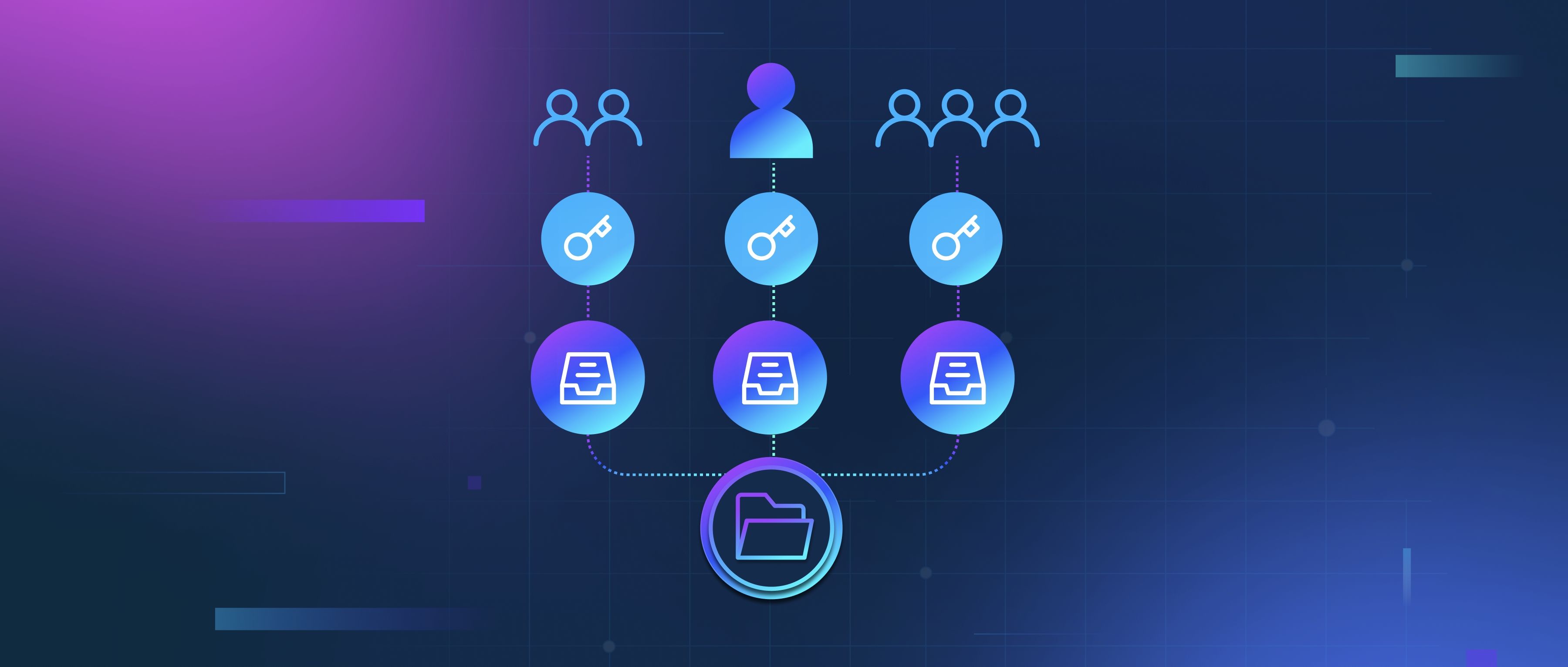Multilingual models like LaBSE (Language-agnostic BERT Sentence Embedding) and multilingual-MiniLM are critical in the Sentence Transformers ecosystem because they enable cross-lingual semantic understanding using a single model. Unlike traditional models trained for one language, these models map text from multiple languages into a shared vector space. This means sentences with similar meanings in different languages (e.g., "Hello" in English and "Hola" in Spanish) are positioned close to each other in the embedding space. For developers, this eliminates the need to maintain separate models for each language, reduces deployment complexity, and supports applications like multilingual search or content recommendation without language-specific tuning.
A key technical advantage is their training methodology. LaBSE, for example, uses parallel text pairs (translations) and a dual-encoder architecture with contrastive loss to align embeddings across languages. Multilingual-MiniLM adopts knowledge distillation, compressing a larger teacher model (like multilingual BERT) into a smaller, faster variant while retaining cross-lingual capabilities. This makes them efficient for production use. For instance, a developer building a customer support system could use these models to match user queries in German with English FAQs, even if the training data for German is limited. The models generalize well to low-resource languages by leveraging shared linguistic patterns learned during training.
The practical impact is significant for global applications. Consider a multilingual e-commerce platform: using Sentence Transformers with LaBSE, product descriptions in French can be compared with user queries in Arabic without manual translation. Similarly, a news aggregator could cluster articles in 50+ languages by topic. These models also simplify workflows by avoiding language detection steps or pipeline duplication. However, performance may vary across languages, especially those with divergent syntax or limited training data. Developers should validate results for their target languages and fine-tune with domain-specific data if needed. Overall, multilingual models democratize access to NLP capabilities across languages while maintaining scalability.
